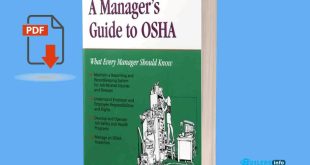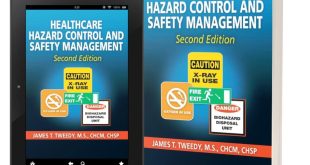
Auditing in the food industry From safety and quality to environmental and other audits. The food industry faces an unprecedented level of scrutiny. Consumer concerns about safety have prompted an increasing level of regulation. Customers have ever higher expectations of quality, and food manufacturers have responded by developing systems to measure, manage, and improve product quality more effectively. At the same time, there has been a shift in the relationship between the industry and those setting and enforcing standards. The traditional approach was a paternalistic one, with regulators setting and enforcing prescriptive standards, and food manufacturers responding retrospectively to infringements identified by regulatory inspections. This approach has been increasingly seen as inflexible and reactive. It is being replaced by a new relationship in which, within a framework of appropriate standards, food manufacturers take greater responsibility for the safety and quality of their products.
The Contents of Auditing in the Food Industry
- Introduction
- Food standards and auditing
- What auditors look for from a retailer’s perspective
- Regulatory verification of safety and quality control systems in the food industry
- Assessing supplier HACCP systems: a retailer’s perspective
- TQM systems
- Food Safety Management A Practical Guide for the Food Industry
- Canadian Food Inspection Agency
- Auditing HACCP-based quality systems
- Laboratories and analytical methods: quality control
- Benchmarking
- Environmental audits and life cycle assessment
- Auditing organic food processors
 Boilersinfo Boiler and Mechanical Power Digital Library
Boilersinfo Boiler and Mechanical Power Digital Library








